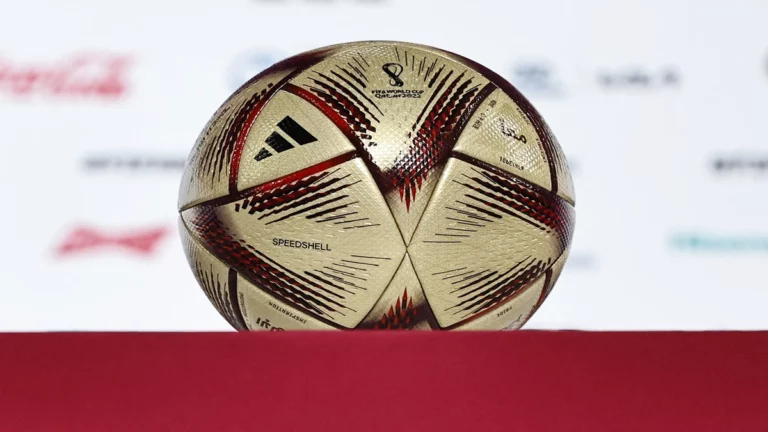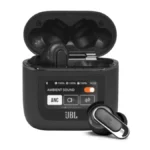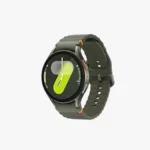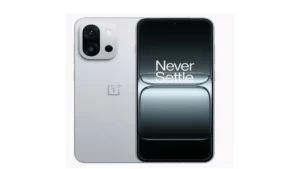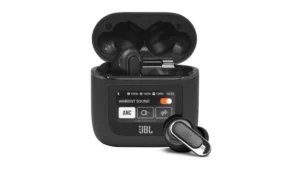Whether you like it or not, Qatar has reportedly spent over $300 billion constructing facilities for the competitions since it was first granted rights to the event 12 years ago. It is taking advantage of the occasion to flaunt some of its glitziest and, in some situations, freakiest, high-tech alternatives with 2022 world cup ball. Here are a few ways technology influences the FIFA World Cup this year.
The first World Cup to use such a ball-tracking system, match balls will have a sensor that captures spatial positional data in real-time during the whole competition. It will improve the accuracy and efficiency of systems like offside reviews and VAR (video assistant referees) by combining them with currently available optical tracking capabilities. In particular, FIFA’s usage of the ball sensor will act as a prominent test case over the next four, as integrating these two types of monitoring has long been a holy grail in technological circles.
What Technology is Employed, and how does it Function?
A “semi-automated offside” method, controlled mainly by AI characteristics but still relies on human verification as a crucial component, is how FIFA world cup test automatic technology at the 2022 World Cup. KINEXON, a significant player in the achievement industry across various sports, creates every game’s tech ball. According to the manufacturer, this device has two concurrent detectors and weighs 14 grams (a little under 0.5 ounces).
- A technique that provides more accurate location data than Bluetooth or GPS is the ultra-wideband (UWB) sensor. It can also communicate data in real-time to continuously track the ball’s location.
- An inertial dimension sensor can accurately detect object motion in space.
Therefore, the 2022 World Cup is positioned to be a turning point in how we see sports as technology enables us to do so. Consider the struggles it took to reach this stage and imagine whatever the near future might contain when we see the first “semi-automated” offside call.
How Reliable are these Numbers? How is it Evaluated?
The question how can I know this info continually reflects the correct positions of the players and world cup 2022 ball? is one that some readers may ask, and it’s fair.
Refresh rate, expressed in Hz and relates to the frequency at which a particular display can draw new images, is the first idea to comprehend in this context. Standard 50Hz video, a popular format for HD monitors today, creates a new image 50 times every second (or, for those more acquainted with the phrase, a “frame rate” of 50 frames per second). Everyone who has slowed down a video to screen mode can attest to the feeling of brief pauses in each frame. For a video clocked at 50 hertz (Hz), this pause lasts 20 milliseconds (or 16.66 milliseconds for a 60-hertz movie, and so on).



